The Philippines is home to a diverse range of flora, including numerous medicinal plants that have been used for centuries to treat various ailments. With the growing popularity of natural remedies and the increasing demand for holistic health products, the medicinal plants industry in the Philippines presents a lucrative business opportunity. In this article, we will explore some of the common medicinal plants found in the Philippines and their potential for commercial utilization. 1. Lagundi (Vitex negundo): Lagundi is a widely recognized medicinal plant known for its expectorant and respiratory benefits.

.
 It is commonly used to alleviate cough, asthma, and flu symptoms. The plant’s leaves and stems contain compounds that possess anti-inflammatory and analgesic properties. Entrepreneurs can capitalize on this plant by producing Lagundi-based herbal teas, capsules, or syrups to cater to the growing demand for respiratory health products. 2. Sambong (Blumea balsamifera): Sambong, also known as Blumea camphor, is a popular medicinal plant in the Philippines. It is commonly used as a diuretic and is believed to have properties that treat urinary tract infections, kidney stones, and hypertension. The leaves and extracts of Sambong can be utilized in the production of herbal supplements, tea blends, or infusions targeting kidney health and general wellness.
It is commonly used to alleviate cough, asthma, and flu symptoms. The plant’s leaves and stems contain compounds that possess anti-inflammatory and analgesic properties. Entrepreneurs can capitalize on this plant by producing Lagundi-based herbal teas, capsules, or syrups to cater to the growing demand for respiratory health products. 2. Sambong (Blumea balsamifera): Sambong, also known as Blumea camphor, is a popular medicinal plant in the Philippines. It is commonly used as a diuretic and is believed to have properties that treat urinary tract infections, kidney stones, and hypertension. The leaves and extracts of Sambong can be utilized in the production of herbal supplements, tea blends, or infusions targeting kidney health and general wellness.
..
 3. Yerba Buena (Clinopodium douglasii): Yerba Buena, locally known as peppermint, is widely recognized for its soothing and refreshing properties. It is commonly used as an analgesic and a natural remedy for headaches, muscle pain, and indigestion. Yerba Buena’s leaves and essential oils can be harnessed for the production of ointments, balms, and aromatic oils, creating a niche market for natural pain relievers and stress-reducing products. 4. Tsaang Gubat (Ehretia microphylla): Tsaang Gubat is a medicinal plant primarily used as an antidiarrheal and an anti-inflammatory agent. The leaves and bark of this plant contain bioactive compounds that help in soothing gastrointestinal problems such as diarrhea, hyperacidity, and stomach ulcers. Entrepreneurs can consider manufacturing Tsaang Gubat-based tea bags, capsules, or liquid extracts to cater to the growing demand for digestive health products.
3. Yerba Buena (Clinopodium douglasii): Yerba Buena, locally known as peppermint, is widely recognized for its soothing and refreshing properties. It is commonly used as an analgesic and a natural remedy for headaches, muscle pain, and indigestion. Yerba Buena’s leaves and essential oils can be harnessed for the production of ointments, balms, and aromatic oils, creating a niche market for natural pain relievers and stress-reducing products. 4. Tsaang Gubat (Ehretia microphylla): Tsaang Gubat is a medicinal plant primarily used as an antidiarrheal and an anti-inflammatory agent. The leaves and bark of this plant contain bioactive compounds that help in soothing gastrointestinal problems such as diarrhea, hyperacidity, and stomach ulcers. Entrepreneurs can consider manufacturing Tsaang Gubat-based tea bags, capsules, or liquid extracts to cater to the growing demand for digestive health products.
…
 5. Ampalaya (Momordica charantia): Ampalaya, also known as bitter gourd, has long been used in traditional medicine to help regulate blood sugar levels and manage diabetes. This plant contains compounds that help improve insulin sensitivity and reduce blood glucose levels. Entrepreneurs can consider developing Ampalaya-based supplements, capsules, or juices targeting the diabetic population and those seeking natural blood sugar management solutions. Conclusion: The abundance of common medicinal plants in the Philippines provides entrepreneurs with a unique opportunity to enter the growing natural remedies market. By harnessing the power of these plants and their organic properties, businesses can cater to the increasing demand for holistic health and wellness products. However, it is crucial to ensure sustainable sourcing, quality control, and compliance with relevant regulations to build a successful and ethical business in the medicinal plants industry. With proper research, a strong marketing strategy, and a commitment to quality, entrepreneurs can tap into the rich resources of the Philippines and offer effective, nature-based solutions to consumers worldwide.
5. Ampalaya (Momordica charantia): Ampalaya, also known as bitter gourd, has long been used in traditional medicine to help regulate blood sugar levels and manage diabetes. This plant contains compounds that help improve insulin sensitivity and reduce blood glucose levels. Entrepreneurs can consider developing Ampalaya-based supplements, capsules, or juices targeting the diabetic population and those seeking natural blood sugar management solutions. Conclusion: The abundance of common medicinal plants in the Philippines provides entrepreneurs with a unique opportunity to enter the growing natural remedies market. By harnessing the power of these plants and their organic properties, businesses can cater to the increasing demand for holistic health and wellness products. However, it is crucial to ensure sustainable sourcing, quality control, and compliance with relevant regulations to build a successful and ethical business in the medicinal plants industry. With proper research, a strong marketing strategy, and a commitment to quality, entrepreneurs can tap into the rich resources of the Philippines and offer effective, nature-based solutions to consumers worldwide.


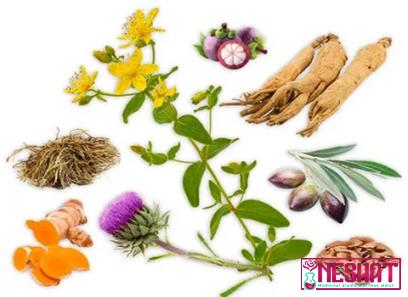
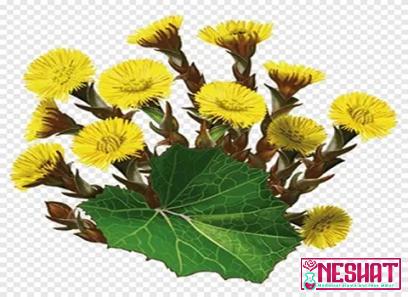
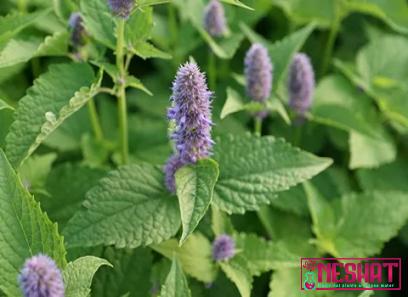

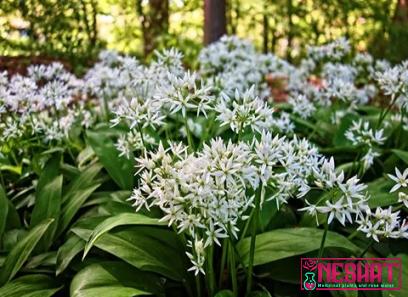


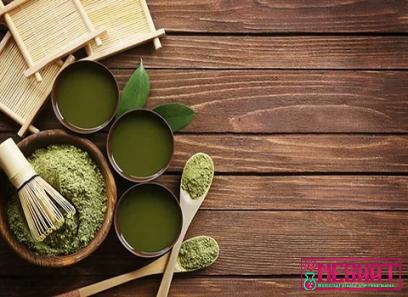
Your comment submitted.